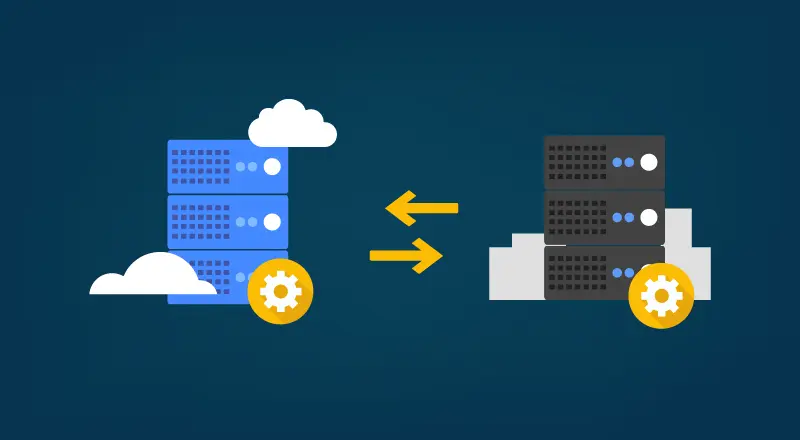
SharePoint 2013 is built on the SharePoint Foundation Services Platform and replaces SharePoint 2010 as the collaboration portal from Microsoft. It provides an easy, robust platform for IT professionals to implement a dependable, scalable infrastructure that enables teams to create Web sites for information sharing and document collaboration, using straightforward administrative tools and services. In addition to this, it is built leveraging an application model architecture and expands the service oriented architecture of SP 2010.
In the case of content management, especially around the processes involved in the lifecycle of how content is structured, managed, retired and definitely consumed within an IT organization, it is intended to provide for a true enterprise platform. In addition to this it must manage the user lifecycle process, as well as the security model to insure that authorized people have access to relevant content.
Content Migration Process: In a Nutshell
With a deep understanding of the 5LCM model, how should the actual content migration project be organized? Based on my experience with several content migration projects, the following nine-step content migration (9SCM) process has proved the most successful:
• Analyzing
• Planning
• Modeling
• Extraction
• Mapping
• Injection
• Verification
• Workflow Migration
• Custom Code Migration
Choosing a Toolset: Develop Your Own Tools or License a Solution?
Some organizations have opted to develop their own content migration tools, while a number of Independent Software Vendor (ISV) partners have created software solutions for all or part of the overall content migration process. The decision to create a set of internally developed tools versus licensing a third-party solution is primarily determined by the following factors:
• Ability of third-party tools to address an organization’s specific requirements
• Licensing cost
• Software development expertise using the SharePoint Products and Technologies object models and web services
• Experience managing content in the source content store and its application programming interfaces (APIs)
• Content migration domain expertise
Most of the partner-developed content migration solutions described below can also be applied to a number of other scenarios. In our most recent enterprise clientenvironment, a toolkit that manages both SharePoint content and third party applications migration to SharePoint should be considered. A final decision should be made at the end of Phase 1 based on the content classification on which of the two to use for the actual migration for which set of content.
While SharePoint2013 provides basic capabilities for uploading single documents and small collections of documents into a SharePoint document library, enterprise content migration projects will be more successful if they use a content migration framework consisting of reference models, processes, and a supporting set of tools and best practices. This migration strategy document has described the 5LCM (five-level content model) and the 9SCM (nine-step content migration) process. Equipped with this information, Enterprise IT can approach their content migration project for SharePoint 2013 with greater understanding and confidence.






